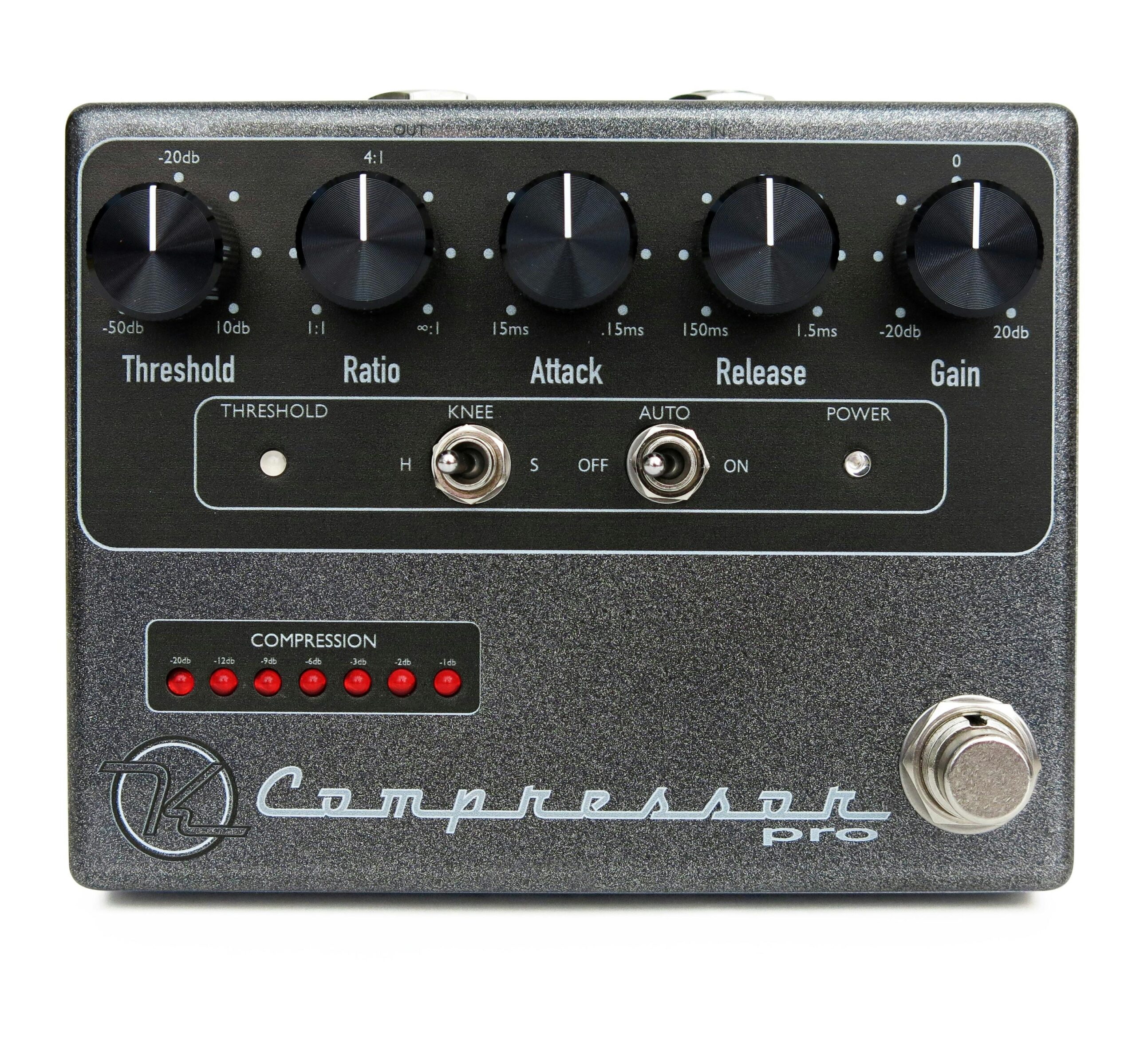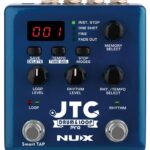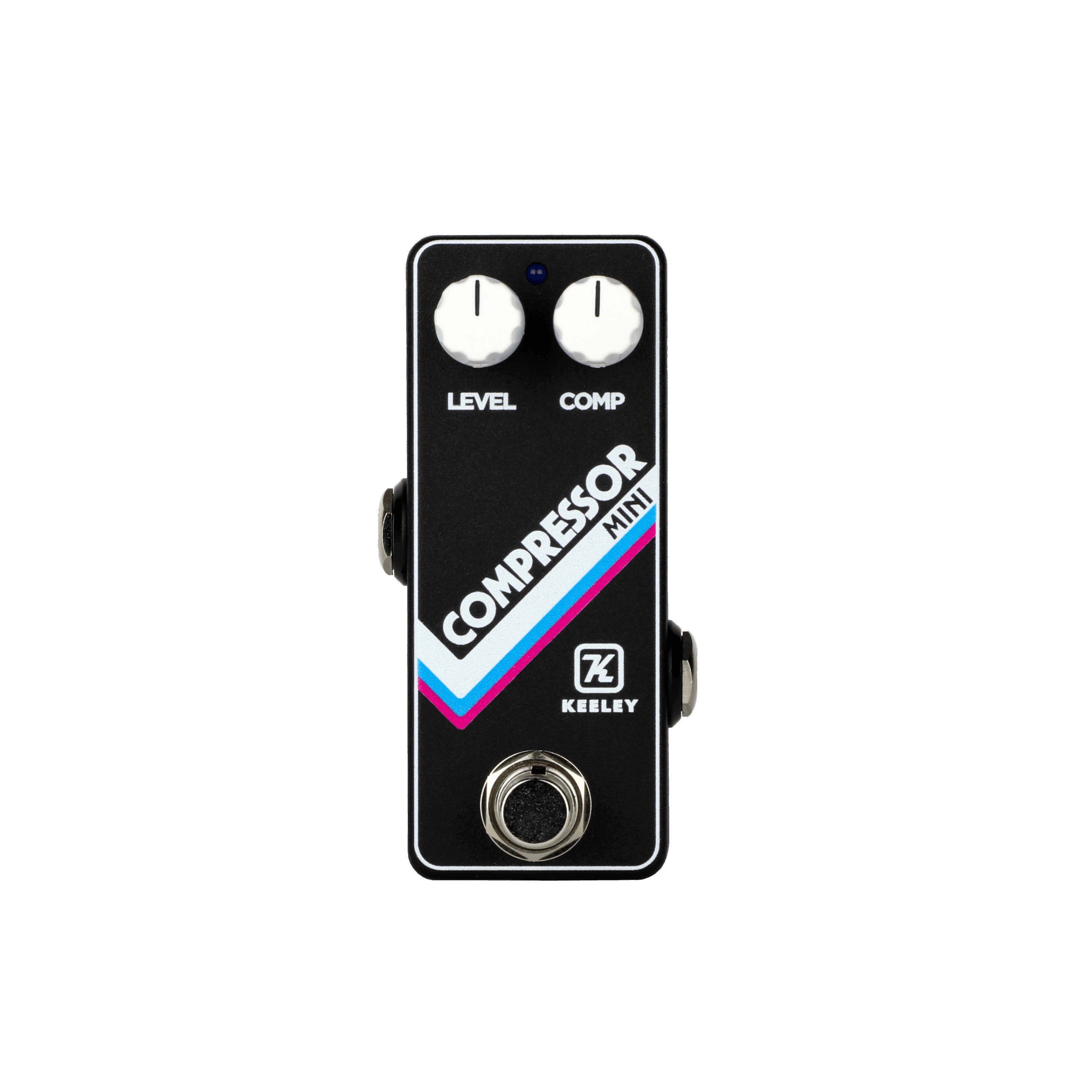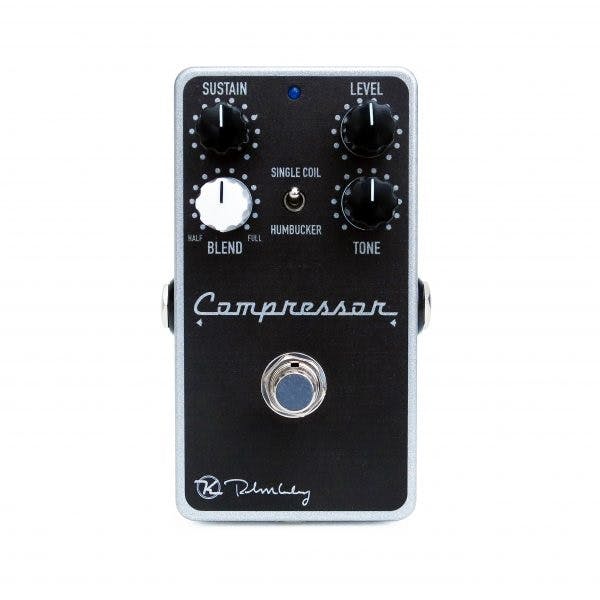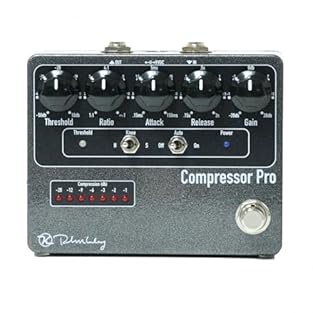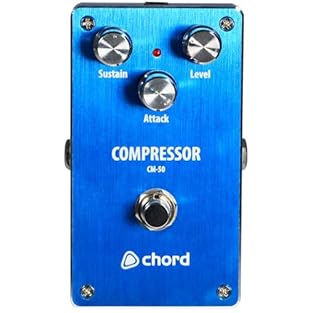Description
The Keeley Compressor Pro Pedal is in Santas big sack, delivered fresh to the door in time for Christmas dinner, made by Keeley Electronics little helpers, arriving with all the warranties and all toppings included. This is just a great pedal from a great brand, its available and in stock. Pedal Pro Compressor Keeley Guitar Effect Pedal.
The Keeley Compressor Pro takes the GC2 Compressor / limiter and buffs it up to have the same control as a studio grade compressor in a stompbox format. With more control and higher quality than ever before this is a seriously cool pedal that everyone will have a use for.
More Control Than Ever Before
Compressors are normally quite simple pedals with controls that you set and forget about. The Compressor Pro is a little bit different in the fact this this is a full bore studio compressor but made for guitar. If you have ever been in a studio it has controls you would have seen in racks of gear but not so much in a pedaL.
To start off you have the Threshold control which sets when the signal going in to the compressor gets compressed. Next the Ratio control control sets how compressed the signal becomes once it reaches the threshold. Now that your signal is compressed it is probably quite a lot quieter than when the pedal is off. The Gain control lets you punch the volume of your pedal back up after being compressed so you still have a strong signal going in to your amp. Now with this level of control you could get almost any sound but that was not enough for Keeley.
Keeley have also added in Attack, Releases and Knee controls. The Attack control sets how quickly the compressor kicks in after it has passed the threshold mark, this can be set anywhere between 15ms and .15ms. Release does the opposite and sets how long the compressor will stay on for after your guitar has dropped below the threshold, this can be set anywhere between 150ms and 1.5ms. The Knee is an interesting control and it sets how aggressive the compression is in a way. With a hard knee when you pass the threshold your sound will suddenly become compressed and with a soft knee you get a more gradual compression. With all of this control nearly any sound is available at your fingertips you can get every sound you will ever need from just one pedal
Ease Of Use With Auto Mode
Now this pedal may look overly complicated and sometimes you need something a bit more dynamic rather than manually setting everything and leaving it. That is why Keeley have also implemented an auto mode for those moments when you need to just plug in and go without worrying about what specific setting you need to use.
. Available from Just Pedals for only £319 + delivery. Read More for details, demos & to order securely online.

